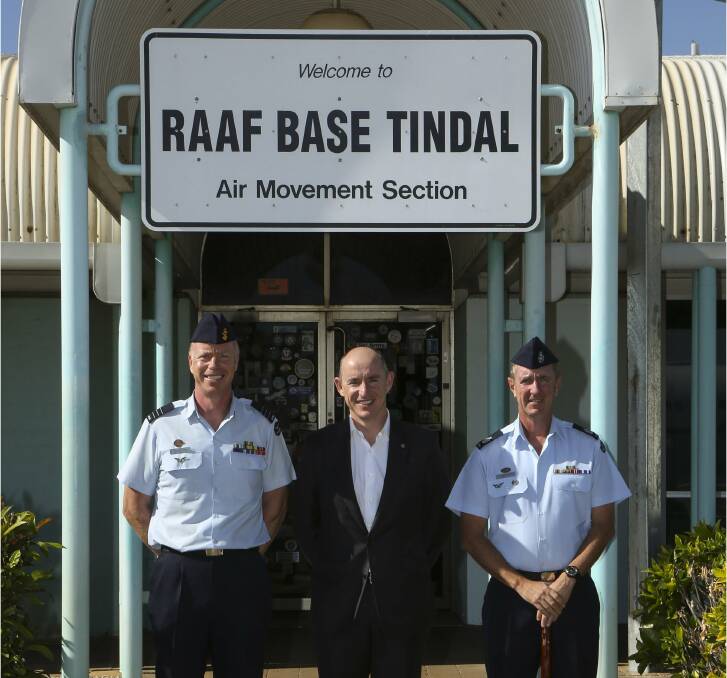
It will be 30 years on October 1 since the Tindal RAAF Base went fully operational.
Subscribe now for unlimited access.
or signup to continue reading
It was six more months before it was officially opened by then Prime Minister Bob Hawke.
In days to come we will post online the full speeches on Mr Hawke during two visits to Katherine, and Tindal.
“The stationing of large numbers of Defence personnel and their dependents in the Katherine area must, of course, have a significant impact on the local community,” Mr Hawke said on March 31 the next year.
And so it proved to be, the town’s population has more than doubled since Tindal’s opening.
Katherine’s fortunes are now forever tied to the strategic necessity of keeping the nation’s most potent strike force in the north.
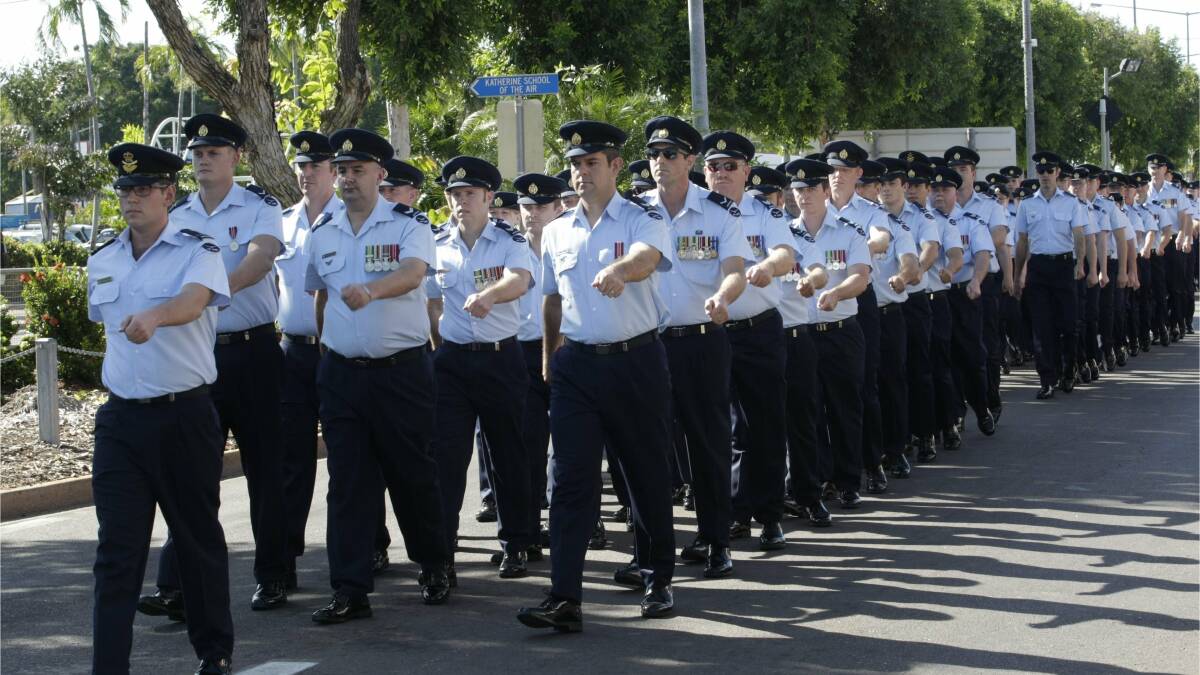
While Tindal was built to host the then state-of-the-art F/A-18 Hornets, today hundreds of people are employed in a multi-billion program preparing for their replacements, the Joint Strike Fighter.
There are several reasons Tindal was picked to host the nation’s biggest air base back in 1963.
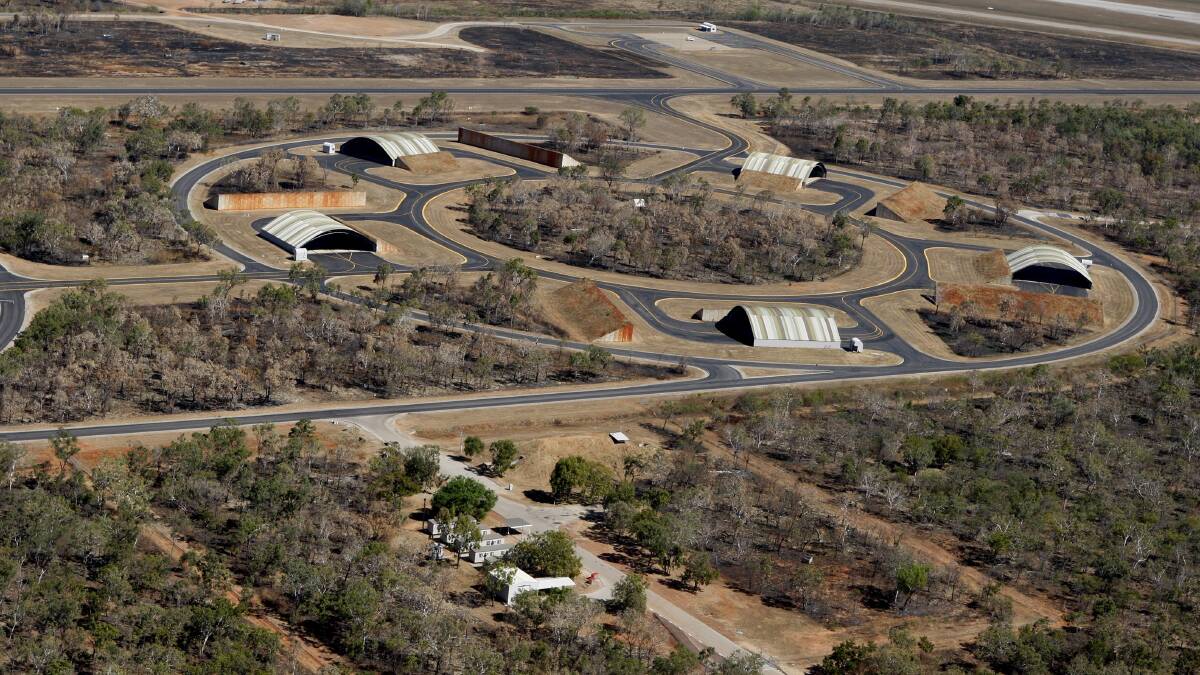
Chief among them was the hard lessons learned in the bombing of Darwin in World War Two – it is better to keep your best military assets off the coast.
Sneak attacks of that sort are much more unlikely with hundreds of kilometres of the Top End to navigate and an all powerful radar located just outside the base which does much more than tell us when it is likely to rain.
Tindal is close enough to RAAF Base Darwin to afford mutual protection, but far enough from the coast to be defensible and to avoid the effects of tropical cyclones.
Katherine residents would be happy to learn Tindal was thought also to be outside the projected nuclear fall-out zone should Darwin be targeted by a nuclear weapon.
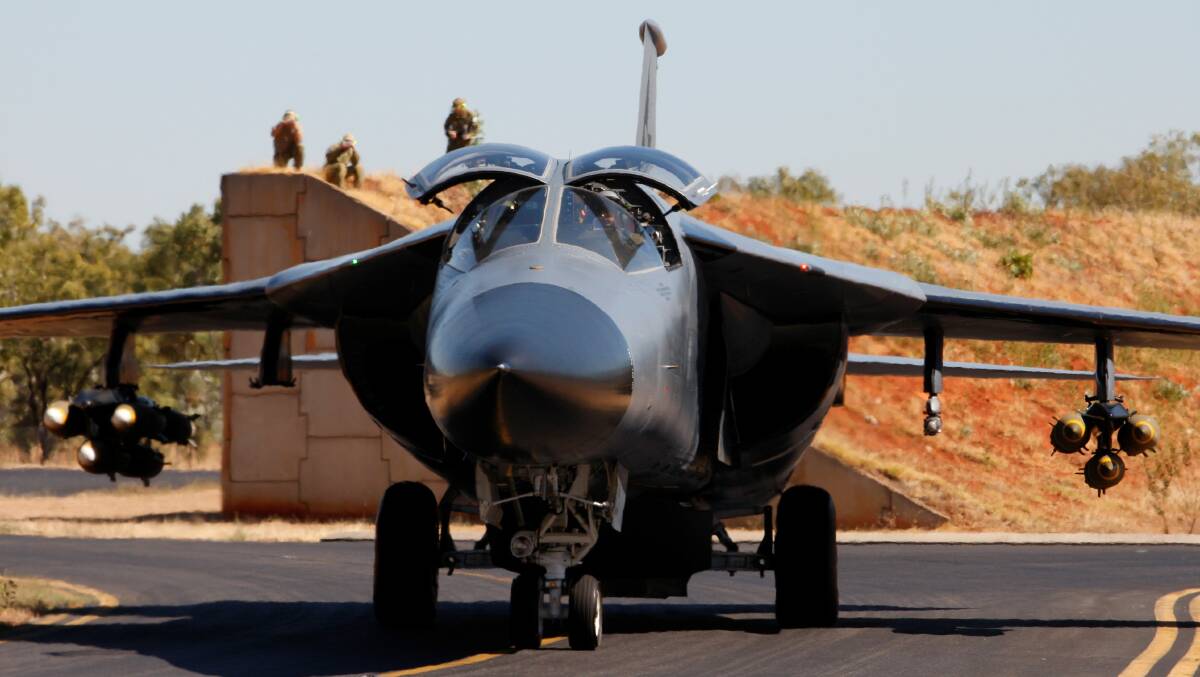
Proximity to major highways, rail and “an adequate water supply” also sealed the deal.
It also helped there was an existing airfield of sorts there.
Tindal was initially built by the US Army's 43rd Engineer General Service Regiment as Carson's Airfield in 1942.
The airfield was to provide a base for Consolidated B-24 Liberator heavy bombers which could hit Japanese targets in Papua New Guinea and the Dutch East Indies.
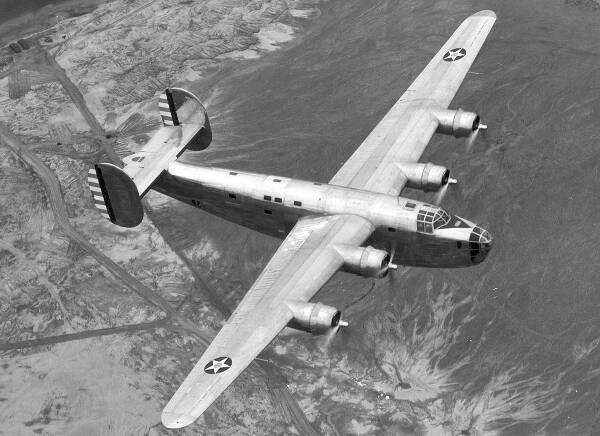
The war was over before any planes could be deployed there.
A year after the war, in 1946, the airfield was renamed in honour of Wing Commander Archie Tindal, who was the first RAAF member killed in action on the Australian mainland during World War Two.
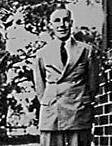
He bravely died while manning a machine gun against the Japanese onslaught during the bombing of Darwin on February 19, 1942, and was buried at the Adelaide River war cemetery.
Although it is the RAAF’s youngest operational base (except for bare bases), it is now one of Australia's most important defence sites.
RAAF Base Tindal is home to:
- No 17 Squadron (including Delamere Air Weapons Range)
- No 2 Security Force Detachment Tindal
- No 2 Squadron Detachment Tindal
- No 28 Squadron Detachment Tindal
- No 3 Control and Reporting Unit Detachment Tindal
- No 452 Squadron Tindal Flight
- No 75 Squadron
- Chief Information Officer Group - Communications Security Tindal
- Defence Community Organisation
- Defence Support Reform Group - Base Support Tindal
- Tindal Health Centre
- No 2 Expeditionary Health Squadron Detachment Tindal
- Joint Health Unit - Northern Territory
- The Army's North-West Mobile Force (NORFORCE) also has a detachment on the base.
The population at the base varies widely but ranges between 2000-3000.
It has a reputation among young couples within the service as a great place to raise young children.
As a relief agency, and a willing workforce, Tindal and other military forces demonstrated how wonderful a neighbour they could be in the aftermath of Katherine’s devastating flood in 1998.
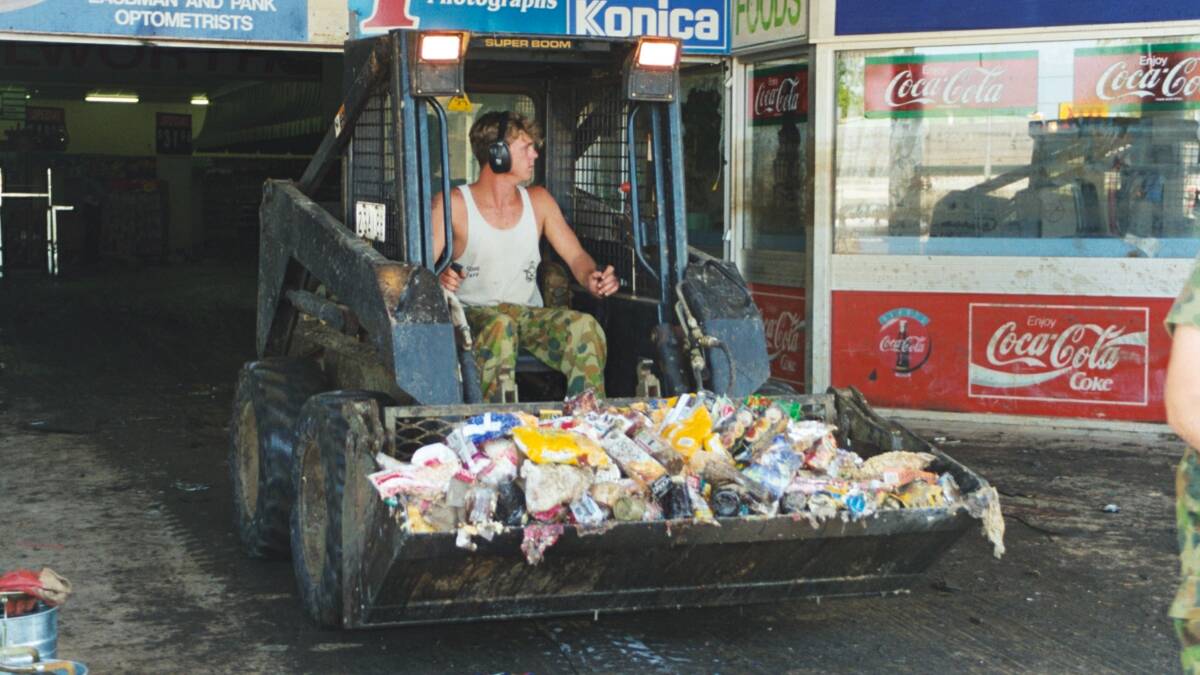
On Friday, September 28 at the Katherine Showgrounds from 5pm residents are asked to join the folks from the base to celebrate RAAF Base Tindal’s 30 proud years of service to the RAAF and the Katherine community.
The ADF personnel are staging a Katherine Town Concert.
The event will include a concert by the RAAF Band, a Military Working Dog display, a drill display from Australia’s Federation Guard and a military vehicle display.


